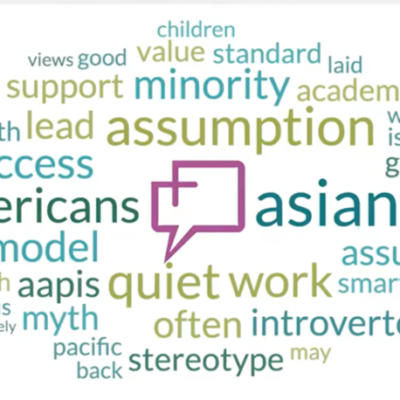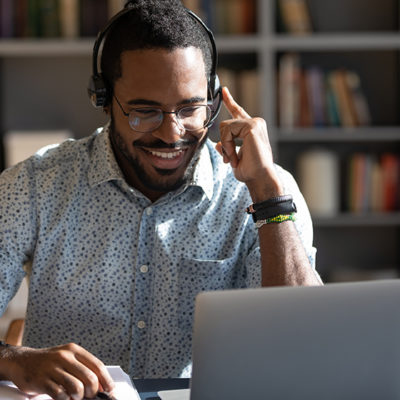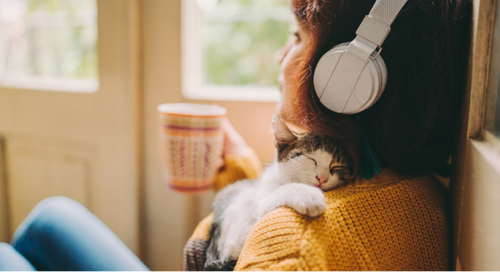By Terry Metzger
I recently had lunch with a long-time mentor, coach and friend. As it inevitably does, our conversation moved from catching up and talking about our current work to deep talk about education as a whole and specifically, how to support female educational leaders.
My friend and I are well aware of the research regarding female leaders in education:
- Women account for over three-fourths of the teacher workforce but comprise only half of all school administrators.
- Nationally, only 28 percent of superintendents are female.
- Women are less frequently approached for leadership roles compared to men.
- Many women take breaks from their careers to raise children, which can affect their career trajectory.
We also have been mentoring and coaching female leaders for a long time and know that there are paradoxes in play for most women:
- Women tend to display higher emotional intelligence, building strong relationships and positive work environments, yet they are sometimes criticized for being “too emotional.”
- Female leaders approach decision-making differently, seeking more input and perspectives, which can be misconstrued as indecisiveness. However, this approach often results in more comprehensive solutions and greater support for initiatives.
- Women who work outside the home often bear additional responsibilities for running their households, which can limit their time and flexibility. Unfortunately, this can be perceived as a lack of commitment to their jobs.
As a veteran school and district administrator, I have embraced a coaching and mentoring mindset for over two decades. For me, this has been defined as helping people grow in their current role and prepare for their next role. Practically, it looks like working with each person as an individual based on their strengths, experiences and goals, and further developing their foundational knowledge of leadership: aligning vision and operations, communication, fiscal and human resource management, and instructional best practices. It has only been in the last few years that I have expanded my approach to coach male and female aspiring leaders differently.
When I began to understand that men and women have fundamentally different perspectives and approaches to leadership, I realized that I needed to call out those differences in a way that allows women to recognize and tackle some of the barriers to upward movement in the educational system. Many of the barriers women face are systemic but sometimes internal mindsets can also get in the way. Leaders who coach and mentor need to spend time addressing both. Systemically, we can identify and reduce or remove barriers while we teach our upcoming leaders how to develop mindsets that are geared toward overcoming obstacles.
Two systemic barriers that leaders can address to specifically support building female leaders are 1) unconscious biases that lead to inequitable hiring practices and 2) inflexible work arrangements that are unfriendly to women who are primarily responsible for children or aging parents.
Conversations about bias are often uncomfortable, but needed in order to ensure that there are equitable opportunities for advancement within the organization. And while we often think that in-person work is always required in schools, the reality is that a leader’s work can be done with more flexibility. I’ve begun asking myself if I truly support giving flexibility or if I just tolerate it. After a few cringe-worthy reflections, I now think more proactively about my team’s family obligations. For example, we have an overnight management team retreat coming up and I made it clear to a new mom on my team that the baby is welcome and not a distraction to our work.
In regard to internal mindsets that can be barriers for women to advance their careers, here are five lessons experienced leaders should actively pass on to new and aspiring leaders:
- Self-awareness is key. It’s important for women to understand who they are as people, what they believe in and are willing to stand up for, and when they are close to crossing a boundary they’ve set for themselves. Journaling is a great way to become more self-aware. One effective method is to jot a few notes after important meetings, events or at the end of the workday. Commit to doing this consistently for two to three weeks and then look for patterns.
- Embrace all of who you are. Once a woman knows who she is, the next step is understanding how all of the different parts of our lives contribute to our leadership strengths. Going back to school while working full time? That takes tenacity, organization and courage. Juggling aging parents and teenagers? Compassion, persistence and a sense of humor are key traits needed. Don’t downplay the complex situations we handle every day. All of those skills transfer to leadership positions.
- Shift to a “yes and” mindset. So often, women are plagued with what I call the yeah-buts. It’s self-talk that we aren’t good enough or ready to do great things. A good example: “I’d like to apply for the assistant principal position, but I have a toddler at home” negates the opportunity. On the other hand, “I’d like to apply for the assistant principal position and I have a toddler at home” indicates that there are some challenges that will have to be addressed in the process. This may seem like an inconsequential shift in thinking, but I promise, it’s life altering!
- Work-life balance looks different for everyone. Work-life balance also looks different at each phase of your life and career. Setting boundaries is the kindest and most effective thing a woman can do to grow as a leader. When those boundaries are rooted in one’s core values, an alignment of activities, energy, and resources usually follows. Developing healthy habits for physical and mental wellness is critical to thriving as a leader.
- Find good mentors, coaches and sponsors. When people talk about the “good ol’ boys” network, it’s often with a negative connotation. However, that network does these three things very well. Men mentor, coach and sponsor other men with relative ease. But for women, mentoring, coaching and sponsorship can be elusive. It’s important to seek it from a variety of successful leaders — without feeling that it will be an imposition. Trust me, it’s not. It’s a joy to watch aspiring leaders come into their own.
Women who are currently in leadership roles should carefully consider how they can lead their organizations with a coaching and mentoring mindset, particularly to engage new and aspiring women leaders. We must break the erroneous thought pattern that women need to “earn their stripes” and figure it out for themselves. By coming alongside the women we lead, we can help them successfully develop their knowledge and skills, and empower them to confidently step into new roles.
Dr. Terry Metzger is superintendent of Denair Unified School District.









Leave a Comment